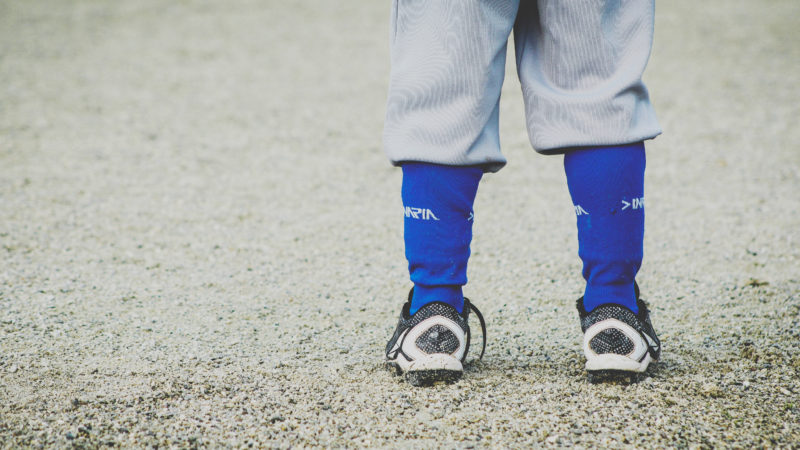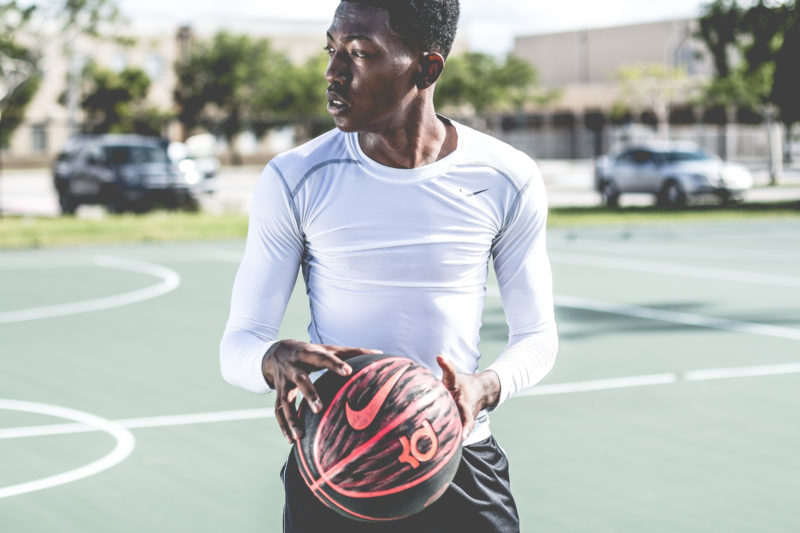*This post is brought to you by Hassenfeld Children’s Hospital at NYU Langone and The Motherhood. All opinions are my own.
Can playing sports put your child at risk for long-term injuries?
Back to school is readily approaching and while a new semester encourages meeting new friends and getting acquainted with new teachers, it also means trying out for team sports. As a parent, we are always encouraging our kids to take part in something sports related, whether it’s youth soccer or varsity football. We believe that we are helping our kids be physically active, but are we also increasing the risk for long term injuries?
 Photo Credit via Upslash.com
Photo Credit via Upslash.com
Over the years, we have been noticing a trend towards an increase in serious sports injuries among children. Could encouraging your child to excel at a sport actually cause him or her long-term harm? Or is this the fault of the sports program or school?
Thirty years ago, we played multiple sports per year for a few months at a time. There were no real options to continue a single sport for 12 months. Travel teams, fall leagues, indoor leagues, and the like weren’t an option. Today, you will see a 9-year-old play baseball for 9 months and on multiple teams at the same time. You can have your child pitch on Monday in one league, again on Wednesday in a different league, Friday in the first league and this can go on. A pre-teen or teen can end up throwing well over 200 pitches in a week. You now see stories of high school players undergoing serious reconstruction surgery before they even graduate.
 Photo Credit via Upslash.com
Photo Credit via Upslash.com
With so many choices for your child, it is important to speak with your doctor and discuss options in order to decide what is best for both the short- and long-term. It is great to have a passion for a sport, but if that passion leads to a serious injury, is it worth it? My husband played everything growing up – baseball, soccer, basketball, cross country, and track. He had injuries playing them all because chances are, you will get injured playing sports. What you need to do is make sure you treat any injury properly, listen to your doctor, and don’t rush recovery. If you do this, your child will enjoy many years competing, making friends, and memories.
I am partnering with the experts at the Center for Children, part of Hassenfeld Children’s Hospital at NYU Langone, an outpatient facility dedicated to the musculoskeletal care of children all ages. Their young patients are treated for the full spectrum of bone, joint, and muscle conditions by expert pediatric orthopedic surgeons.
So, here’s a few highlights from the experts on how we can protect our young athletes:
What to know:
Athletic injuries can be classified into two main groups: acute or overuse injuries.
-
- Acute – These are seen more in children who are starting a new sport and haven’t quite had the training for it, or move up to a higher level of a sport. Examples of acute injuries¥ include fractures, strains, and sprains.
- Overuse – These occur when an athletic activity is repeated very often and you don’t allow enough time to heal between injury. This has been known to occur in baseball with “Little Leaguer’s shoulder,” or in gymnastics with “gymnast’s wrist.”
What to do:
- Stay hydrated: It can still be very hot when fall sports start up in August and September, so it’s important to avoid dehydration.
- Communicate with the coach: Stretching is important, for recreational and organized play, so remind your child to stretch before and after activity. With young athletes, work with a coach or athletic trainer who can direct you to specific stretching/training exercises.
- RICE: Rest, Ice, Compression, and Elevation. If after 24 hours the swelling seems out of proportion to what was expected, your child’s reaction to the pain is out of proportion to the injury or their typical reaction, or if your child is not able to bear weight on the injury, follow up with a specialist such as a pediatric orthopedist or pediatric orthopedic surgeon.
- Physical exam: Have a doctor do a complete physical that includes family history before your child participates in sports. That can help identify underlying medical conditions that could lead to problems.
- Stay up to date here.


 Photo Credit via
Photo Credit via
Great information, my little one isnt playing sports yet but this is very important to know.
xoxo Falasha
Bite My Fashion
Instagram| Bloglovin’| Facebook